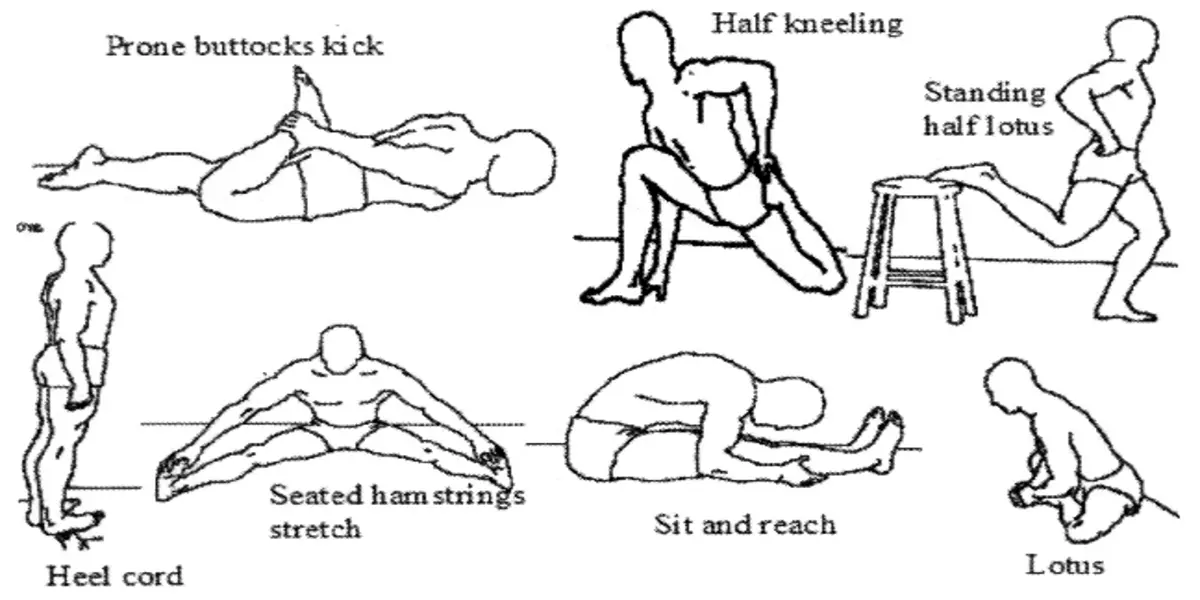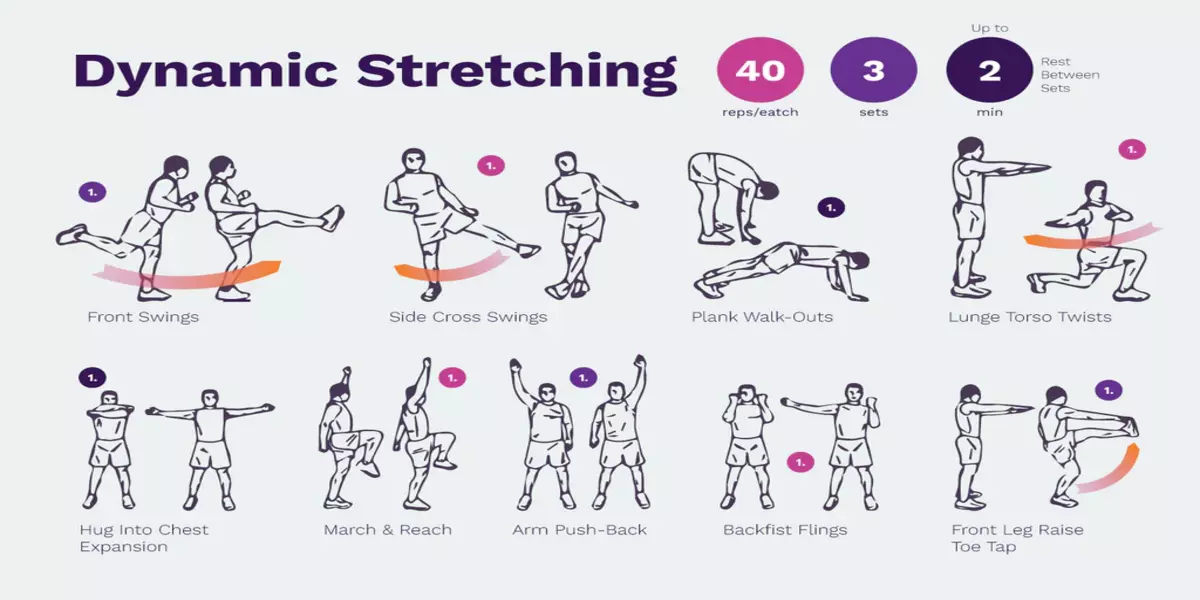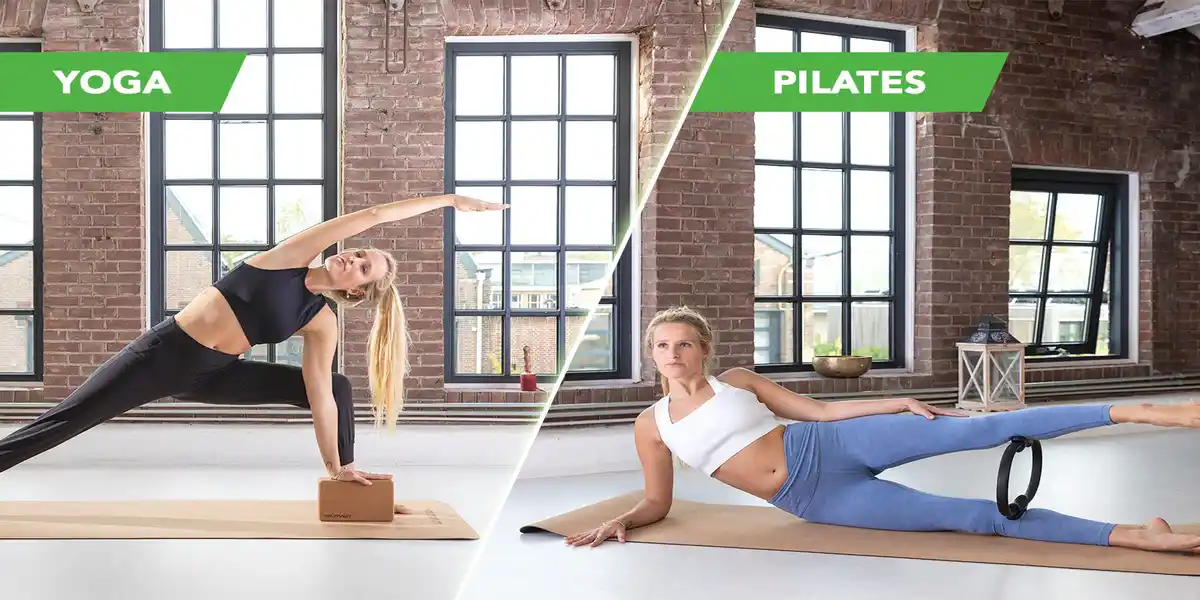[ez-toc]
Flexibility exercises play a vital role in maintaining a healthy and active lifestyle, especially as our bodies age.
These exercises focus on improving the range of motion in our joints and muscles, enhancing mobility, and reducing the risk of injuries.
In this article, we will explore the significance of flexibility exercises for aging bodies and highlight their numerous benefits.
So, let’s dive in and discover how incorporating flexibility exercises into your routine can help you maintain a flexible and mobile body as you age.
Introduction
As we grow older, our bodies naturally experience a decline in flexibility. Simple tasks that once seemed effortless, like reaching for an object on a high shelf or bending down to tie our shoelaces, can become more challenging.
However, by incorporating flexibility exercises into our daily routine, we can maintain and even improve our range of motion, enabling us to enjoy an active and independent lifestyle.
Understanding Flexibility
Flexibility refers to the ability of our joints and muscles to move through their full range of motion. It is a crucial component of overall fitness and is significant in our day-to-day activities.
Flexibility exercises target specific muscle groups and joints, promoting their elasticity and suppleness.
The Effects of Aging on Flexibility
As we age, our bodies undergo various changes that affect our flexibility. The connective tissues, such as tendons and ligaments, become less elastic, leading to a reduction in joint mobility.
Additionally, muscle mass tends to decrease, resulting in a loss of strength and flexibility. Sedentary lifestyles and prolonged periods of inactivity can further exacerbate these effects.
Benefits of Flexibility Exercises for Aging Bodies
Incorporating flexibility exercises into your routine offers a multitude of benefits for aging bodies:
- Enhanced Joint Mobility: Flexibility exercises help to lubricate the joints, improving their range of motion and reducing stiffness.
- Injury Prevention: By improving flexibility, you can reduce the risk of injuries, such as muscle strains and joint sprains, particularly when engaging in physical activities.
- Improved Posture and Balance: Flexibility exercises contribute to better posture and balance, reducing the likelihood of falls and enhancing overall stability.
- Alleviation of Aches and Pains: Regular stretching can help alleviate common aches and pains associated with aging, such as back pain and joint discomfort.
- Increased Blood Circulation: Flexibility exercises stimulate blood flow to the muscles, enhancing nutrient delivery and waste removal, and promoting tissue health.
Types of Flexibility Exercises
Various types of flexibility exercises can be incorporated into your fitness routine.
Some common examples include:
Static Stretching

Static stretching involves holding a stretch for a specific period without any bouncing or movement.
Also Read: Shoulder Exercises to Heal Shoulder Pain and Tightness
This type of stretching is effective for improving flexibility and is typically done after a workout when the muscles are warm.
Dynamic Stretching

Dynamic stretching involves performing controlled movements through a full range of motion. It helps to improve flexibility, warm up the muscles, and prepare the body for physical activity.
Yoga and Pilates

Yoga and Pilates are holistic practices that focus on flexibility, strength, and balance.
These disciplines incorporate various poses and movements that promote flexibility, muscle tone, and relaxation.
How to Get Started
If you’re new to flexibility exercises, it’s essential to start gradually and listen to your body.
Here are a few steps to help you get started:
- Consult with your healthcare provider: Before starting any exercise program, consult with your healthcare provider, especially if you have any underlying health conditions.
- Warm-up: Begin with a gentle warm-up to increase blood flow to the muscles and prepare them for stretching.
- Start with basic stretches: Begin with simple stretches that target major muscle groups, such as the shoulders, back, hips, and legs.
- Progress gradually: As your flexibility improves, gradually increase the intensity and duration of your stretches.
Incorporating Flexibility Exercises into Your Routine
To reap the benefits of flexibility exercises, it’s essential to make them a regular part of your routine.
Here are a few tips to help you incorporate flexibility exercises into your daily life:
- Schedule dedicated stretching sessions: Set aside specific times in your day for stretching exercises. Aim for at least two to three sessions per week.
- Combine flexibility exercises with other forms of exercise: Incorporate stretching into your overall fitness routine. You can perform static stretches after cardiovascular exercises or dynamic stretches before strength training.
- Make it enjoyable: Engage in activities such as yoga or dance that combine flexibility exercises with fun and enjoyment.
- Stay consistent: Consistency is key to improving flexibility. Even on days when you’re not engaging in a formal exercise session, try to incorporate small stretches throughout the day.
Flexibility Exercise Tips and Precautions
While flexibility exercises offer numerous benefits, it’s crucial to follow certain tips and precautions:
- Warm-up: Always warm up your muscles before stretching to reduce the risk of injury.
- Avoid bouncing: Do not bounce while stretching, as it can strain the muscles and lead to injuries.
- Stay within your comfort zone: Stretch to the point of mild tension but avoid pushing your body beyond its limits. Do not force yourself into painful positions.
- Breathe and relax: Focus on deep breathing while stretching and relax your muscles to allow for a deeper stretch.
Modify for individual needs: If you have specific health concerns or limitations, work with a qualified fitness professional to modify stretches according to your needs.
Conclusion
Flexibility exercises are crucial for maintaining mobility, preventing injuries, and promoting overall well-being in aging bodies.
As we age, our flexibility naturally declines, but by incorporating regular flexibility exercises into our routine, we can slow down this process and enjoy the benefits of increased joint mobility, improved posture, and balance, and reduced aches and pains.
There are various ways to improve flexibility, whether through static stretching, dynamic stretching, or practices like yoga and Pilates. It’s important to start slowly, warm up properly, and listen to your body’s signals.
By making flexibility exercises a consistent part of your daily life, you can enhance your quality of life and maintain an active and mobile body as you age.






Me ha parecido muy muy interesante su publicación. Tengo 66 años y me han diagnosticado GONARTROSIS. Quisiera recibir información y consejos para mejorar el estado de mis rodillas ya que apenas puedo caminar por el dolor. Muchas gracias. Espero vuestra respuesta.b